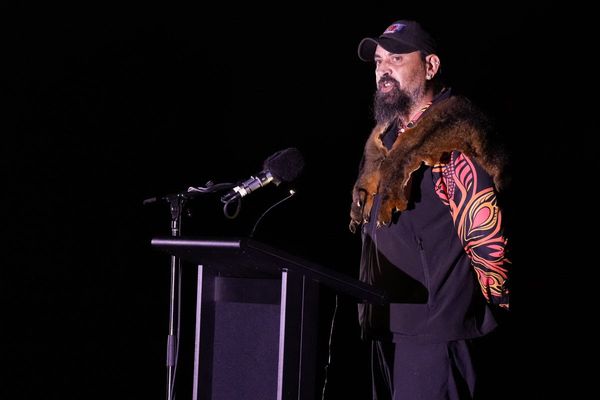
Six ancient galaxies have been discovered which have “stunned” scientists.
The ancient galaxies, which were detected by the James Webb telescope, are said to weigh a billion times more than the sun and are believed to date back to within around 600 million years of the Big Bang.
The galaxies, labelled “monsters” by scientists studying them, have stunned researchers who said they thought they had made “some kind of mistake” when they first stumbled across them.
Astronomers now say the discovery could “upend” existing theories of science and Space discovery.
Lead researcher Ivo Labbe, from Australia’s Swinburne University of Technology, said: “While most galaxies in this era are still small and only gradually growing larger over time, there are a few monsters that fast-track to maturity. Why this is the case or how this would work is unknown.
“We were mind-blown, kind of incredulous.”
Previously the year-old £8.3 billion telescope has spotted other older galaxies, dating to within 300 million years of the universe.
But astronomers say the size and maturity of these so-called “mega galaxies” have stunned teams working on the discovery, with the galaxies said to have as many stars as the Milky Way, but in a relatively “tiny” slice of Space.
Information on the galaxy find has now been published in the journal Nature.
Pennsylvania State University’s Joel Leja, who took part in the study, said the discovery “upends what many of us had thought was settled science”.
He said: “It turns out we found something so unexpected it actually creates problems for science. It calls the whole picture of early galaxy formation into question.”
Existing theories suggest that, after a period of rapid expansion, the universe spent several one hundred million years cooling down enough for gas to coalesce and collapse into the first stars and galaxies began to form. This period is known as the dark ages.
The observations of the new galaxies were among the data set that came from the Webb telescope.
The powerful Webb telescope, which spotted the find, can see through clouds of dust with its infrared vision and is able to hunt for previously undiscovered galaxies.
Scientists hope to eventually observe the first galaxies and stars formed after the creation of the universe 13.8 billion years ago.
The research team is still waiting for official confirmation of the galaxies through sensitive spectroscopy. Professor Leja said it’s possible that a few objects might not be galaxies, but obscured supermassive black holes.







